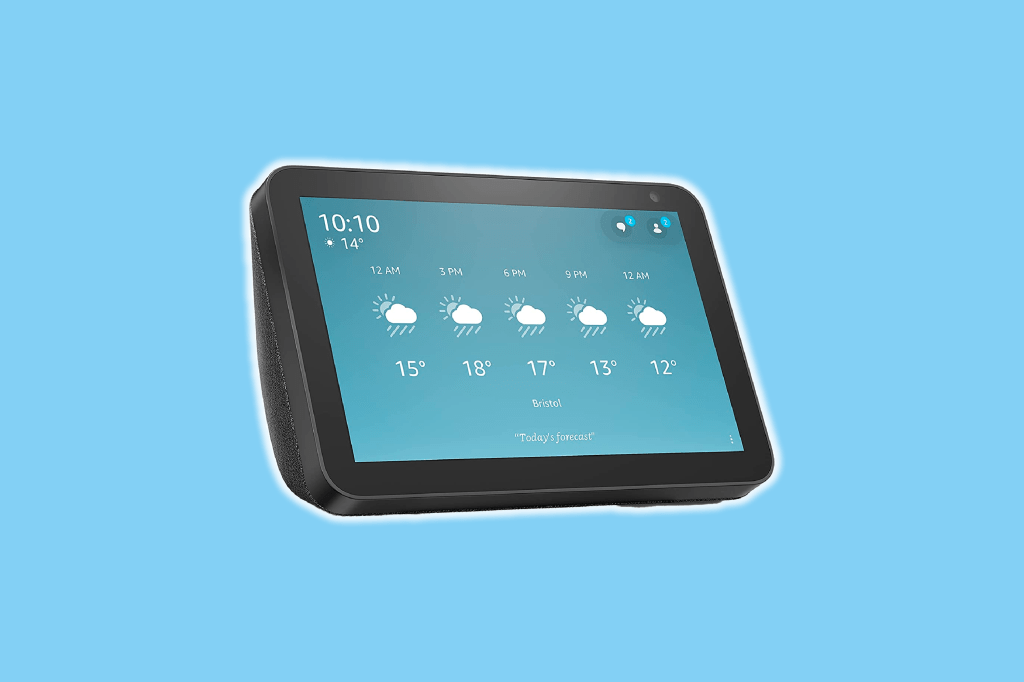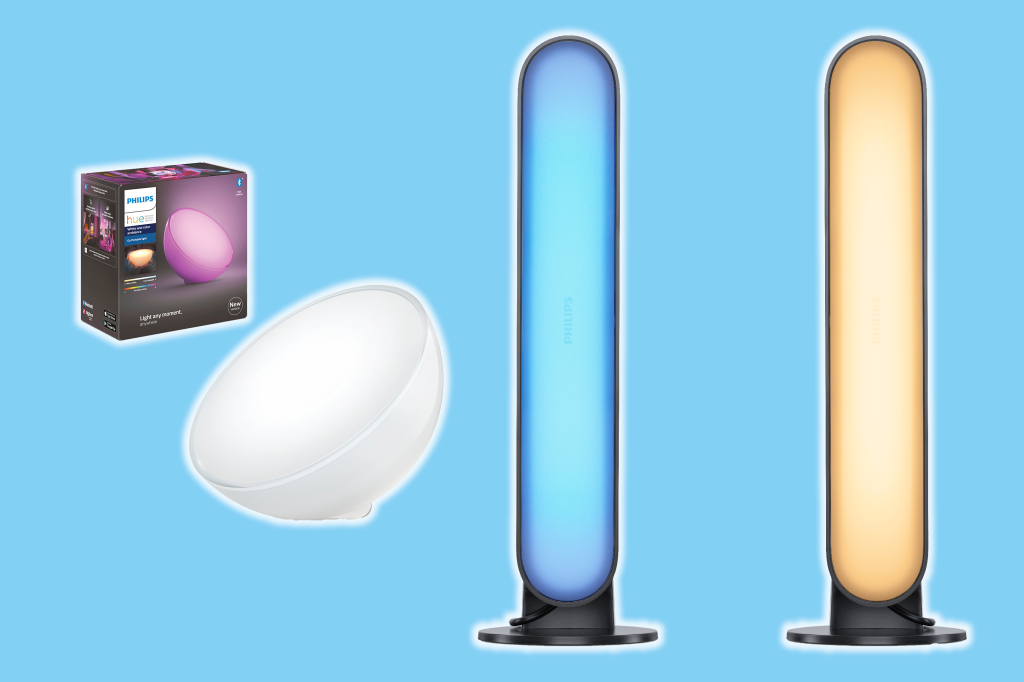What is Zigbee? The wireless network tech explained
Want to make your home smarter? Get to know Zigbee

There’s no shortage of networking technology designed to connect devices wirelessly, but one way is perhaps the most people (even if you don’t know it yet). That would be Zigbee, a global communication standard that we promise is more exciting than it sounds.
It’s often used to connect smart devices, such as lights and thermostats. Have you connected your smart home devices to Alexa? That’s done with Zigbee wireless communication technology. It uses low-power tech, ideally suited for battery-powered devices in a home environment. Here’s more about Zigbee, what it can do, and how it provides benefits.
What is it?

Zigbee is an open standard that provides a low-cost, low-power, wireless mesh network. It’s designed to create personal area networks, where devices can connect through built-in digital radios. Smart home automation and medical device data collection are good examples of Zigbee in practice, as both benefit from Zigbee’s low power and low bandwidth use.
The technology behind Zigbee is considered much simpler and less expensive than other wireless personal networks, including Bluetooth and Wi-Fi. That’s why Zigbee is used in some familiar smart home devices, like wireless light switches and home energy monitors. Like Wi-Fi networks need a wireless router, Zigbee also needs a centralised hub to get started. This device creates and controls the network, with each device operating as a node.
Typically, the products fall within one of four categories: smart home hubs, lighting, security sensors, and locks.
How does Zigbee work?
Zigbee offers both wireless control and the ability to monitor applications on the network. Along the way, it provides secure communications by default. One reason the standard remains popular is its simplicity. Other protocols, such as Z-Wave, can perform multiple functions. Zigbee only focuses on performing specific tasks, such as operating a wireless light switch from your phone.
Various types of small devices support the technology. These include but aren’t limited to light bulbs, plugs, door locks, thermostats, security camera sensors, speakers, doorbells, switches, and more. Do you have a Philips Hue? Then you’re already using Zigbee.
What are the benefits?
There are a few reasons why embracing Zigbee-compatible products can streamline your home. Beyond its low power consumption and mesh network topology, Zigbee offers long battery life, scalability, security, and ease of use. It’s cost-effective, and covers a broad range of compatible devices to boot. It also helps that the standard is recognised around the world. PHY supports 2.4 and Sub-GHz bands, allowing it to cover the widest variety of setups and uses.
Is there a downside?

Sort of. The architecture can only offer short ranges and is limited to a slow data rate. It can also interfere with other wireless devices.
Although it’s a secure protocol, Zigbee has sometimes been accused of being a security risk. The reason for some concern is the occasional vulnerabilities discovered over the years. One of the most common Zigbee security concerns is passwords. Often, default Zigbee device passwords are easy to guess. Unfortunately, this simplicity makes it far easier for hackers to guess a password and gain access to devices.
Not having encryption is another issue concerning Zigbee architecture. Without encryption, would-be attackers can eavesdrop and pull information as it goes back and forth between devices, including personal data. Over-the-air AES-128-CCM encryption and state-of-the-art security curves are among the ways Zigbee is often secured in the wild.
There are steps you can take to alleviate these concerns, some more obvious than others. First, you can use strong passwords and enable encryption on your Zigbee network. You can also be sure that all your devices use the latest firmware. Using a firewall is another possible solution, as is generally being more diligent and careful about what information you share between devices.
What about the alternatives?
Few protocols are as popular or in use as Zigbee, but alternatives do exist. Z Wave is sometimes considered a more accessible Zigbee alternative. It also uses tiny ratio networks to communicate between devices and actually offers a better range. And yet, it will only support 232 devices, whereas Zigbee will work with up to 6,500 on the same personal network.
The bottom line: regarding Zigbee, it’s less about making a “choice” than recognising that the devices you already own in your home probably support it. With this knowledge, you can learn how to connect your devices for home automation.


